The Local Lead Gen Business Model
Join the 1,000+ brands that trust us for their link building.
Lead generation is critical for a new business in our online world. As a local business owner, if you are not finding the right people online, you risk losing out to the competition.
That is why we made this guide on how to start generating leads.
It will teach you local lead generation tips for online channels and how to apply local lead gen as a business model.
What Is Lead Generation?
Lead generation is a process of building consumer interest. It involves getting the information of people who show interest in a product or service and trying to convert them into customers.
It is the first step to finding prospects and hooking them on what you have to offer.
Lead generation strategy depends on market size. Big brands try to attract lots of people in large areas, while small businesses want to generate leads from the local community.
Small businesses can use a local lead generation plan that includes actions for reaching people in a local area and trying to convert them into paying customers.
Generating Local Leads Online
Local leads can come through online channels such as search engines, directories, social media, paid advertising, and blogs.
Let’s go over some of the best ways to find local business leads:
SEO (Organic Search Results)
Search engine optimization is about ranking web pages in a search engine (e.g., Google) to make them more visible to the right people.
This means trying to outrank the competition who also want to make their sites show up in the search results for similar things.
People use search terms (i.e, keywords) to find products or businesses online (and view related content).

Ranking your site near the top of search results (i.e., SERP) lets prospects use these keywords to find your business quickly. This helps with local lead generation (which we’ll describe in further detail).
The right keywords will depend on who you want to reach. At times, it’s a lot more straightforward to convert leads with specific keywords (i.e., local) instead of with broad terms that can be hard to rank for (more on this later).
General best practices such as on-page SEO and link building help to boost a site’s search rankings and build relevance.
On-page SEO is a big part of being able to rank in the right SERP. It’s about putting your main keywords into key site/page positions such as the domain name, inner-page URL, title tags, meta description, and content.
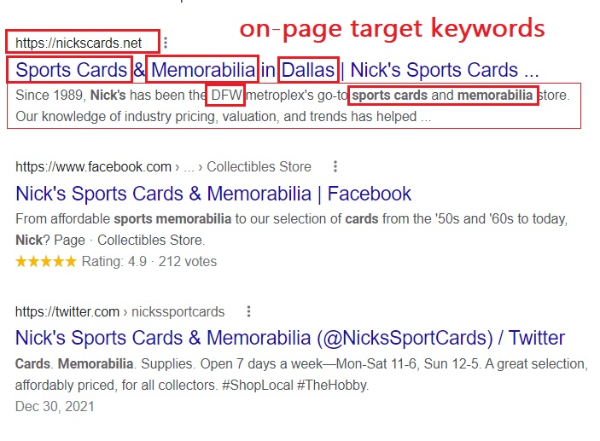
Backlinks are links from other websites that are essentially votes of confidence that tell Google your site is credible enough for ranking in the SERP because it contains useful content.
SEO can produce high intent leads that result in real business inquiries and conversions. People are much more likely to visit your site if it’s near the top of Google’s display results.
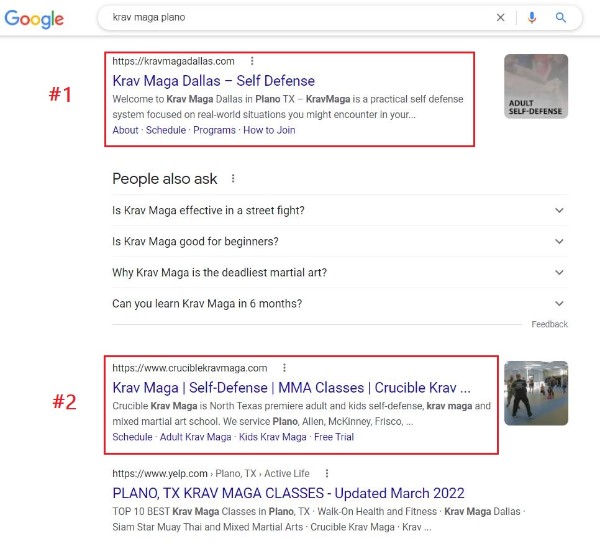
Local SEO
Local SEO tries to make a business more visible for a specific area, product, or service. It aims to reach people located near a business (that has something they’re searching for) and make it easy for them to find info about that business online and take the next steps to be a customer.
Local SEO is very similar to regular SEO, but there are some key differences.
Search engines look for signals across the web to see if a business shows relevance for the area. These signals affect how it will be displayed to search users (e.g., new customers) who are located nearby or who are searching with keywords related to the local business and its area.
Local SEO creates these signals to influence how a site appears in a SERP. Some ways to do this are citations, directories, social profiles, landing pages, relevant keywords, and good content. There are some free local SEM tools as well.
Take listing services such as Google My Business. This free directory lets a real business get verified by Google, build a profile, and manage how it shows up in Search and Maps.
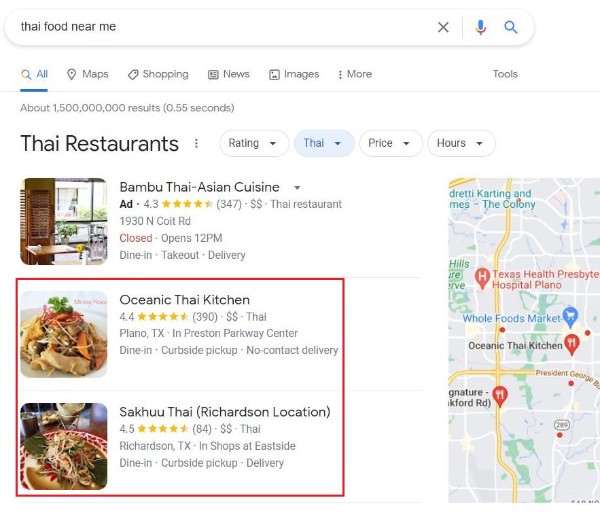
A big plus is the chance to be shown in the Maps Local 3-Pack list. This is a visible info panel shown to mobile users after a search that shows the NAP and map location for select businesses.
Well-done local SEO can really help generate large amounts of new clients.
Landing Pages
A landing page is displayed to potential customers after clicking on an ad or link. It applies simple content marketing techniques to attract and hook local customers.
Businesses create landing pages to start a call to action or get info with a lead capture form. A landing page can be a location or category page tailored to a target market.
For example, it can be a service page with price estimates for replacing a roof in a suburb and some content about other roofing services.
On-page SEO lets you rank landing pages for target keywords related to your type of business or its service area. You can spin keyword-rich content for each service page by focusing on the same core skills and services offered for every area (making sure prospects visit landing pages based on where they live).
This will let the potential customer know they are in the right place and decrease their chances of leaving your site.
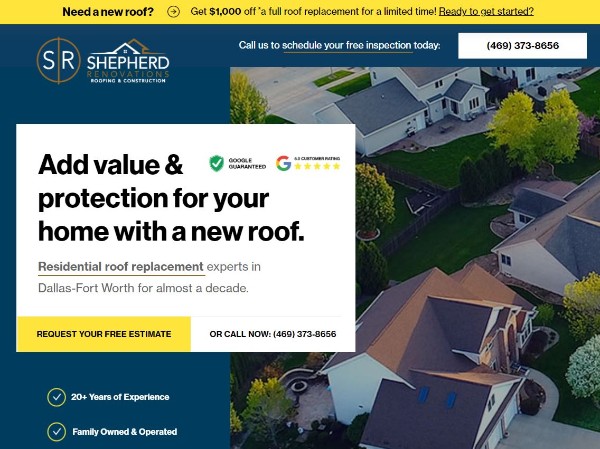
A best practice is to keep the landing page simple and relevant to the traffic source (e.g., Facebook ads or search engine result links).
Google Ads (Paid Search)
Businesses use online advertising to push products and services to the top of search results to reach as many potential customers as possible.
Google Ads is a popular PPC paid advertising service. You pay to show ads at the top of search results by bidding on keywords related to a business. People see the ads when they search for those keywords.
Google Ads can create high-quality leads. The service is made for lead capture by helping local businesses get more calls, store visits, and site traffic.
You can design ads to reach a particular group or make a targeted offer. This is great for a small business that lacks an online presence.
Unlike SEO, which builds online presence over the long run, Pay-Per-Click (PPC) internet ads are about reaching local leads now and can have immediate effects.

Social Media
Social media platforms, such as Facebook or Twitter, can be used to reach prospects so they can learn more about a business. These platforms allow people to follow what is going on with the company (via its business profile) and stay updated with promotions or new products.
Social engagement with your audience is a good SEO practice because search algorithms factor in social signals these days more than ever. Doing so helps build trust and relevance.
Facebook is a huge social media platform that also offers ad solutions. Facebook Ads can streamline ad campaigns for your target area across its entire platform. Facebook Ads also make it easy to segment your audience.
Reaching people by location or demographics with target ads is what makes Facebook Paid Ads a cost-effective tool for local businesses.
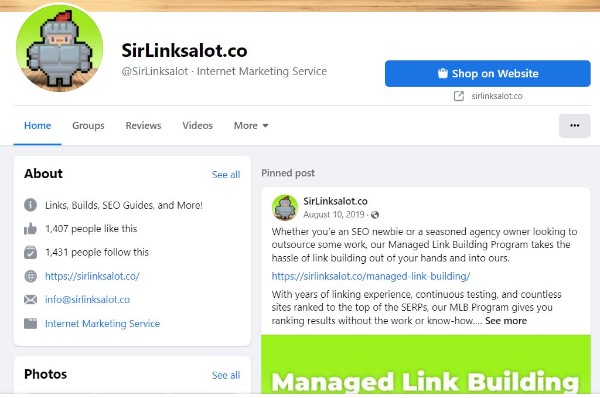
Lead Generation Software
Marketing automation software is used to generate leads for local businesses.
Making it easier to find and convert a lead means local lead generation software can be a wise financial investment. Let us take a look at some of the best local lead generation platforms:
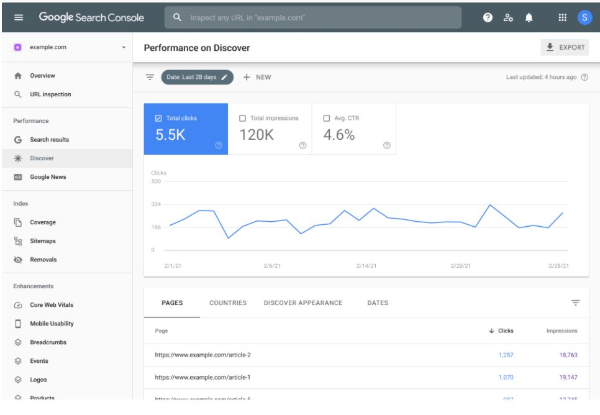
Google Search Console
Google Search Console (GSC) has analytic tools and reports for measuring site traffic and performance. It alerts owners of quality issues that can affect how people view their site and its content.
These alerts tell site owners how to follow rules that let their business show up in Google. A local lead will not convert if your business is not visible online.
GSC tells you which search queries are driving traffic. Site owners can look at clicks and impressions to see what attracts a local lead. This insight makes it simple to improve a site and fine-tune content or search engine marketing efforts.
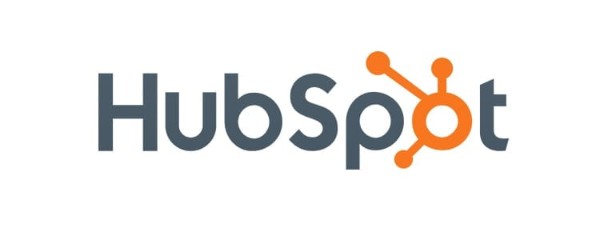
HubSpot Marketing Hub
HubSpot has a suite of tools for audience targeting and promotions. You can start with free tools that will help convert leads.
These local lead generation features can be used to design content strategies or create calls to action for paying customers in the local community. You also get info on buyer persona, location, and traffic sources.
It lets a business get found by specific people and post content they want to see. This kind of targeting makes it easy to manage promotions and pull in the best lead. It also helps with local lead generation strategies
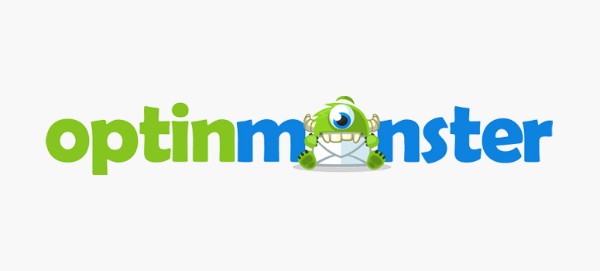
OptinMonster
OptinMonster is used by sites and small businesses with a solid online presence to convert and make money from web traffic. It is cheap and easy to use.
It gives local lead generation tools to boost email/blog subscribers and refine lead offer templates for landing pages.
Analytics, page targeting, and A/B tests are some of the built-in tools that will help boost subscriptions from site visitors and create personalized offers based on their actions.
Lead Generation As A Business Model
Services provided by a local lead generation business can be in high demand and earn you a lot of cash if you want to generate leads for other businesses. In essence, you would be finding qualified leads for clients or affiliate partners with a purpose-built lead generation site.
There are two common models for local lead generation sites: work directly with clients or an affiliate program.
Direct
You will need to find clients and create a partnership on agreed terms. It is a flexible model since you do not have to join an affiliate network.
It is normal to earn income from a retainer fee (which might include a website rental) or on a pay-per-lead plan. You can provide a lead for any type of client who needs one (e.g., retail store, dentist, real estate agent, an employer wanting job applications).
You and your client define a lead. One client might say a qualified lead is someone who fills out a form on a landing page. Another client might expect a prospect to call a store first.
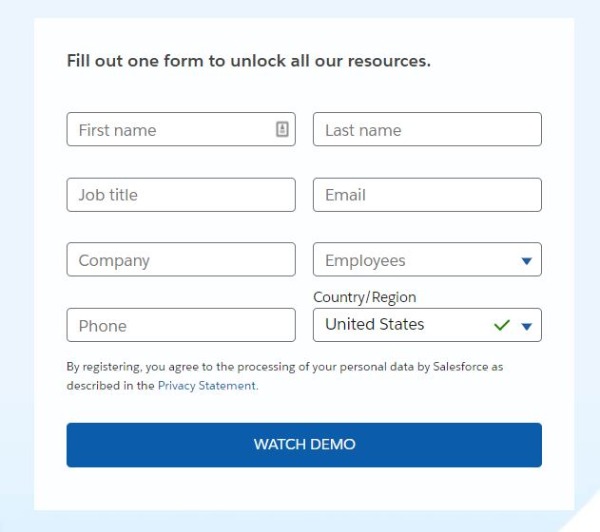
Affiliate
Instead of selling leads direct to businesses, you could also sell them to a larger affiliate company that then sells them to businesses.
Examples of these affiliate programs are Quinstreet, Campus Explorer, and Ring Partner.
Each affiliate program is unique (with its own rules/commission rates) and there’s a wide range of products and lead offers to choose from.
You can earn cash on a pay-per-lead basis from a call to action. A lead may not have to convert for you to get paid.
If you go direct or affiliate, your job is to build a lead generation system that uses a local-optimized site to create traffic and convert leads to help a partner’s business grow.
Lead Gen Business Model Pros
What are some of the perks that come with running a lead generation business?
Flexibility
The direct model lets you choose your clients and terms. You are the boss and have total control over how much (or how hard) you’re willing to work.
When it comes to local lead generation models vs. client-based models (i.e., ranking someone else’s site), you may have more bargaining power in the direct model since you are finding your client’s prospects which results in sales growth.
Low Operating Costs
An eCommerce business can have low startup/overhead costs. Hosting is cheap and it’s easy to scale up. No physical goods or inventory. You don’t even need employees to do well.
For example, you can make serious gains by just applying the local lead generation techniques in this guide and finding the right people to work with who don’t know how to rank in Google Map Pack.
Passive Income
Affiliate sites give you the chance to create a passive income stream once your site is up. There is never a shortage of network partners who need you to sell their products or find leads.
On the other hand, finding your clients will always present the chance of higher income potential. You are not held back by fixed commission/CPC rates and your value-added services are negotiable.
Flipping The Website
One of the best aspects of running a successful local lead generation site is the chance to sell it for a profit. Domain flipping is a big business and buyers often value sites at multiples of traffic or revenue.
Lead generation sites tend to be easier to sell than others because the buyer doesn’t have to deal with clients who are tied to the site.
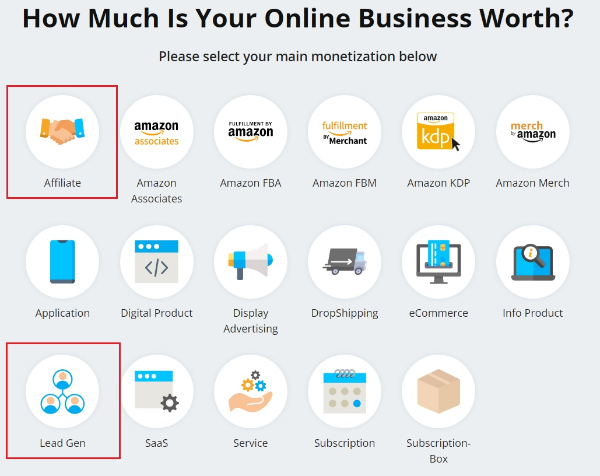
Lead Gen Business Model Cons
There are risks to a local lead generation model, just like any enterprise, but these setbacks can be managed and won’t always shut you down for good.
Let’s look at some of the downsides for either the direct or affiliate models:
Low/Bad Traffic
Driving traffic (along with quality leads) is the best service you provide for clients. Failing to do so will put your business at risk. You will not boost conversion rates if you do not reach the right search interest.
Solution:
Use the correct search terms when trying to rank your site to drive traffic for a client. It helps to create relevant promotional offers and ads too.
Low competition terms can help with conversion rate (but don’t always create a lot of traffic). So it’s a trade-off.
Outreach
One of the cons of the direct model is finding your own business (which isn’t fun). It can be hard and time-consuming to convince people that you have a solution to their problems.
Solution:
Look for small stores opening up in your neighborhood and make friends with local business owners (that’s how a lot of people get jobs).
Look at your personal network for people trying to sell things. They might want to rent your site out to attract customers.
Not Getting Paid
Not getting paid by your clients is another risk with the direct model. A client can go insolvent or even turn against you (especially if you are not helping them grow).
Solution:
Secure legal contracts. Or use your power to offer your skills elsewhere and repurpose your site to help other clients who are willing to pay.
You can also go with the affiliate model in which payment is guaranteed by the program.
Wrap-Up
Local lead generation is the lifeblood of many small to medium-sized businesses. With old and inefficient marketing methods falling out of favor, online strategies for lead generation have really increased in value to help local businesses get more leads.
Online lead generation strategies aim to reach and convert the right consumer interest in the right places. These strategies are deployed with efficient tools through online search channels to target their audience, send personal offers, and study their customer base.
I hope the strategies outlined above can help you on your path to generating leads or decide if lead generation as a business model is a good fit for you.
Contributing Author: Brian Kihneman
 Article by:
Article by:
Chris Tzitzis
Hey I'm Chris, one of the founders here at SirLinksalot. I'm into building internet money machines (affiliate websites) and specialize in building backlinks. Find out more about me and my link building team.
 Questions or Comments?
Questions or Comments?
We are active in our Facebook Group seven days a week and would love to hear from you. Ask us questions, learn from other group members, and share your knowledge.
Related Posts
Ready To Start Building Your Rankings?
Your link building journey to the top of Google starts today!
Apply for Managed Link Building to get a free analysis and game plan, or order backlinks a la carte.
Link building services that work.


